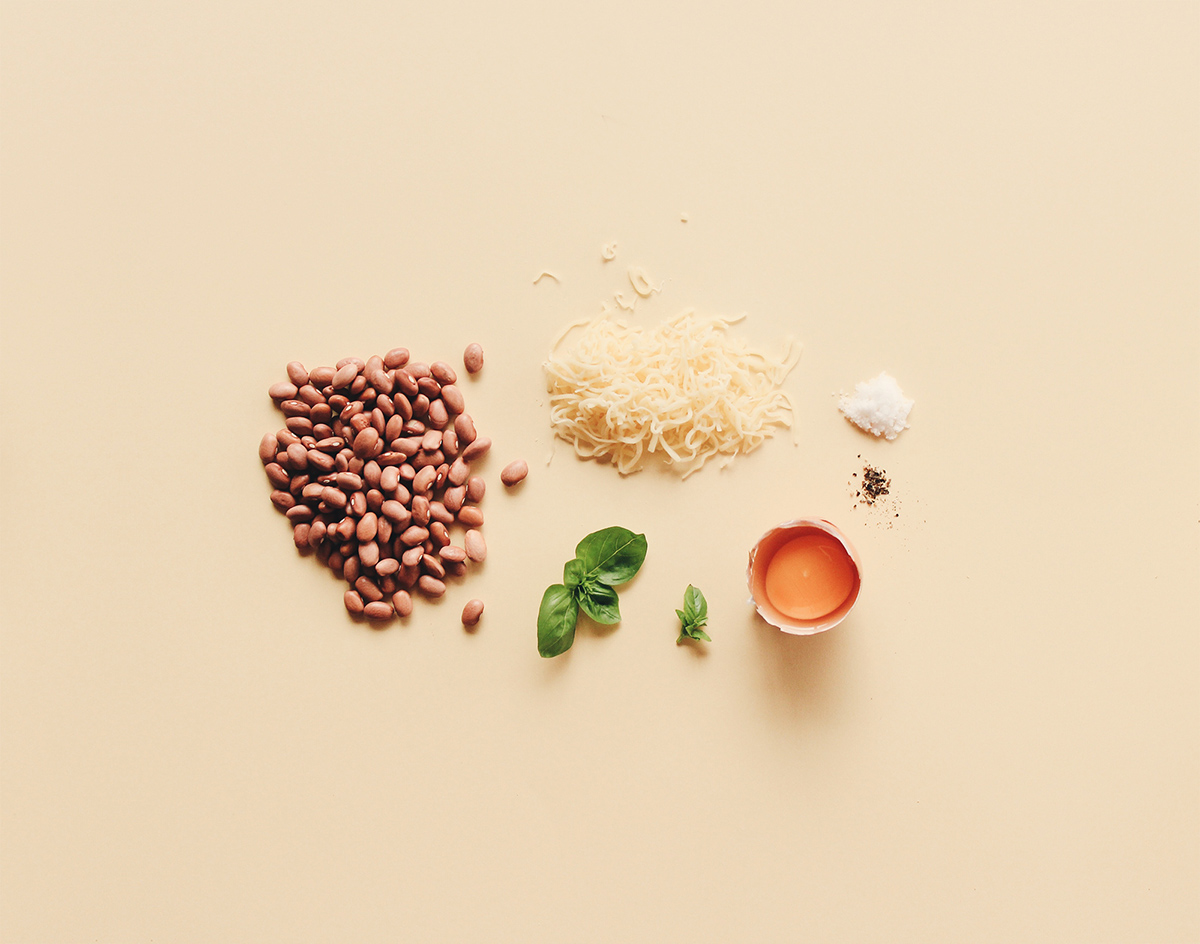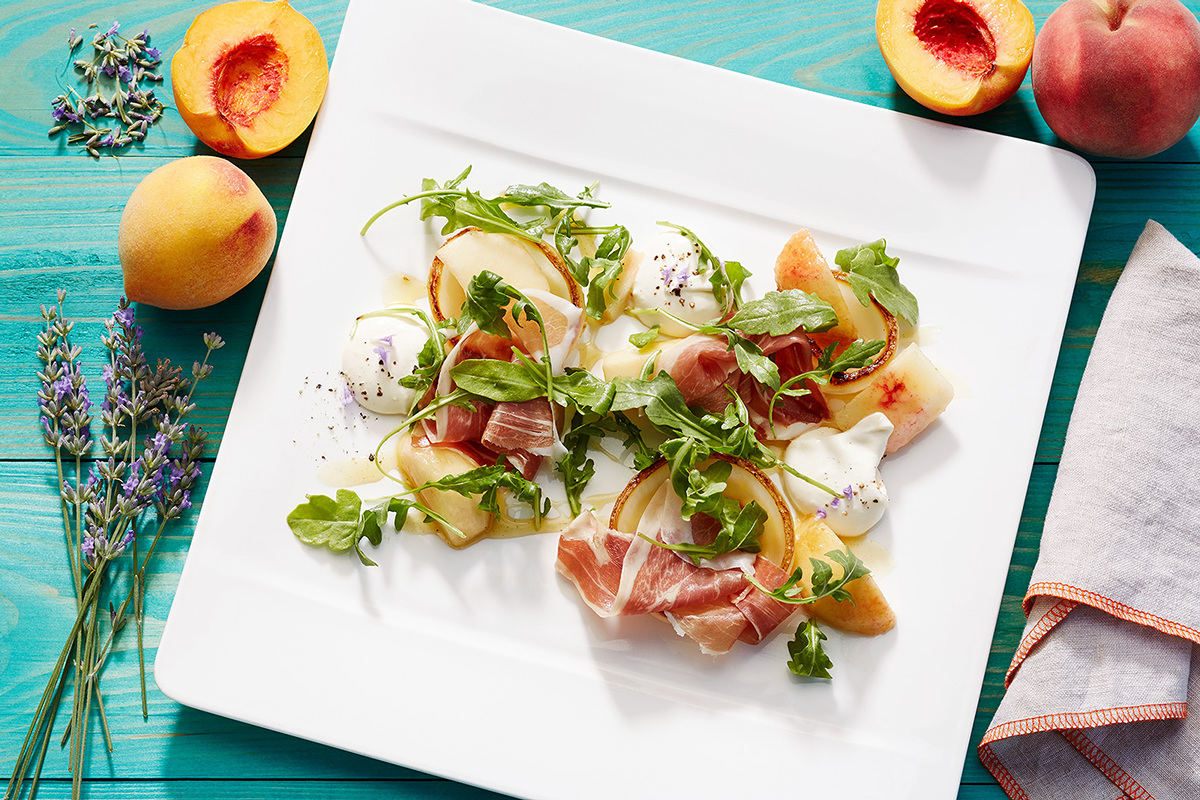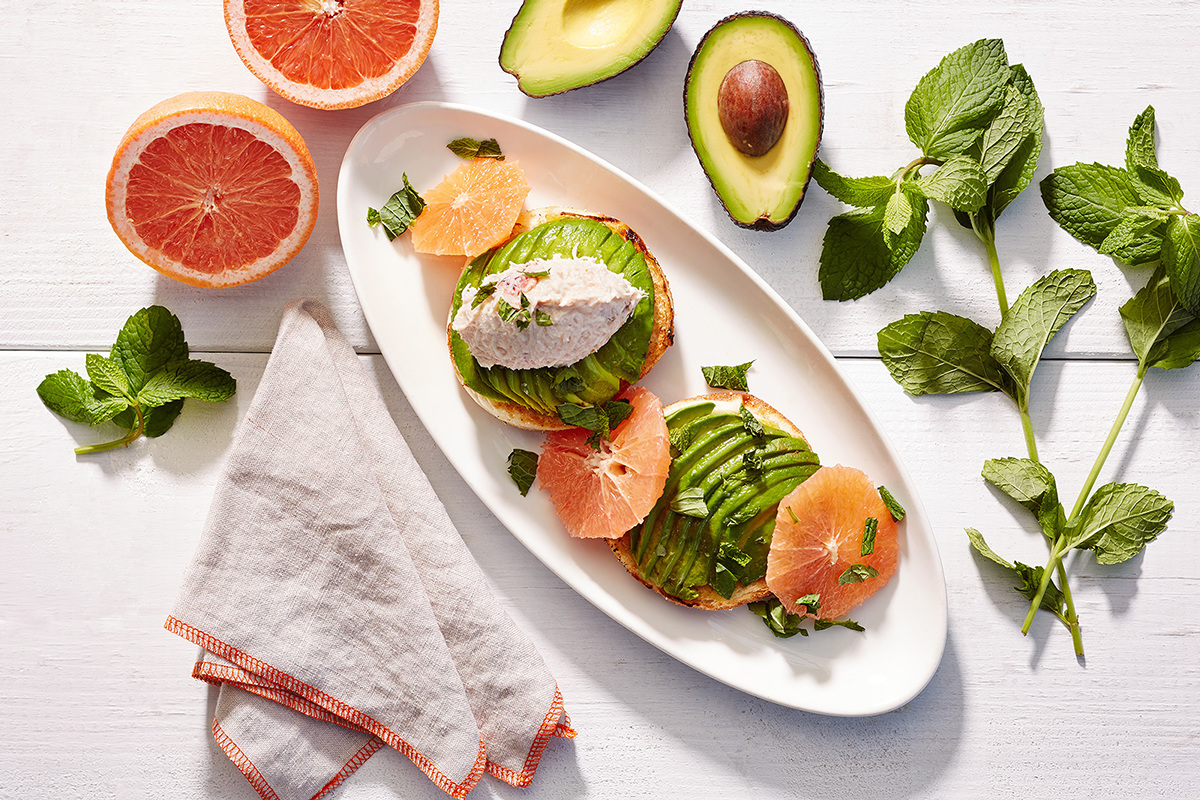Chamomile is known by almost everyone for it’s ability to ease us into sleep, when steeped into a tea. It also is used for stomach upset. Dry the flowers for long term storage in ziploc bags, or use them fresh steeped into a tea. This is a gentle herb that can be used for children as well. The best variety to grow, and the most commonly used for tea is German Chamomile. This is an annual that grows into a bushy plant about 2 feet tall. It prefers well draining soil, full sun to part shade, and moderate water. Chamomile is easy to grow from seed.
8 Healing Herbs You Can Grow
Chamomile is known by almost everyone for it’s ability to ease us into sleep, when steeped into a tea. It also is used for stomach upset. Dry the flowers for long term storage in ziploc bags, or use them fresh steeped into a tea. This is a gentle herb that can be used for children as well. The best variety to grow, and the most commonly used for tea is German Chamomile. This is an annual that grows into a bushy plant about 2 feet tall. It prefers well draining soil, full sun to part shade, and moderate water. Chamomile is easy to grow from seed.
8 Healing Herbs You Can Grow
Chamomile is known by almost everyone for it’s ability to ease us into sleep, when steeped into a tea. It also is used for stomach upset. Dry the flowers for long term storage in ziploc bags, or use them fresh steeped into a tea. This is a gentle herb that can be used for children as well. The best variety to grow, and the most commonly used for tea is German Chamomile. This is an annual that grows into a bushy plant about 2 feet tall. It prefers well draining soil, full sun to part shade, and moderate water. Chamomile is easy to grow from seed.
4 Fall Produce Picks to Boost Immunity
Are you getting enough of this crucial vitamin? An antioxidant, vitamin C promotes wrinkle-free skin, supports good immunity.
And may help the body protect itself against some diseases, such as cardiovascular disease and cancer. Oranges and other citrus aren’t the only sources. These fall/winter vegetables offer ample amounts too. With cold and flu season around the corner, now is a good time to revamp your crisper drawer with these fresh picks.
Cooking tip
Vitamin C can be easily lost in the cooking process, particularly when veggies are boiled and drained. To retain more nutrients, cook into soups or stews, or lightly steam or microwave. Roasting or broiling results in less vitamin retention than other methods, but the results are very delicious.

Frying virtually obliterates vitamin C and other volatile nutrients. Our advice? Avoid frying, vary other cooking methods, and enjoy. Broccoli provides about 100 mg vitamin C per cup (chopped), plus sulforaphane, a potent antioxidant studied for its anticancer effects.
Try lightly steaming and dressing with lemon juice (more C!), olive oil and salt.
A cup of cauliflower contains approximately 93 mg vitamin C. Bonus: You’ll also get several grams of fiber. Steam cauliflower, then mash with miso, sesame oil and ginger; or garlic, olive oil and herbs. A cup of kale contains tons of vitamin A (twice your daily value), vitamin K, trace minerals and 80 mg of vitamin C.
4 Fall Produce Picks to Boost Immunity
Are you getting enough of this crucial vitamin? An antioxidant, vitamin C promotes wrinkle-free skin, supports good immunity.
And may help the body protect itself against some diseases, such as cardiovascular disease and cancer. Oranges and other citrus aren’t the only sources. These fall/winter vegetables offer ample amounts too. With cold and flu season around the corner, now is a good time to revamp your crisper drawer with these fresh picks.
Cooking tip
Vitamin C can be easily lost in the cooking process, particularly when veggies are boiled and drained. To retain more nutrients, cook into soups or stews, or lightly steam or microwave. Roasting or broiling results in less vitamin retention than other methods, but the results are very delicious.

Frying virtually obliterates vitamin C and other volatile nutrients. Our advice? Avoid frying, vary other cooking methods, and enjoy. Broccoli provides about 100 mg vitamin C per cup (chopped), plus sulforaphane, a potent antioxidant studied for its anticancer effects.
Try lightly steaming and dressing with lemon juice (more C!), olive oil and salt.
A cup of cauliflower contains approximately 93 mg vitamin C. Bonus: You’ll also get several grams of fiber. Steam cauliflower, then mash with miso, sesame oil and ginger; or garlic, olive oil and herbs. A cup of kale contains tons of vitamin A (twice your daily value), vitamin K, trace minerals and 80 mg of vitamin C.
4 Fall Produce Picks to Boost Immunity
Are you getting enough of this crucial vitamin? An antioxidant, vitamin C promotes wrinkle-free skin, supports good immunity.
And may help the body protect itself against some diseases, such as cardiovascular disease and cancer. Oranges and other citrus aren’t the only sources. These fall/winter vegetables offer ample amounts too. With cold and flu season around the corner, now is a good time to revamp your crisper drawer with these fresh picks.
Cooking tip
Vitamin C can be easily lost in the cooking process, particularly when veggies are boiled and drained. To retain more nutrients, cook into soups or stews, or lightly steam or microwave. Roasting or broiling results in less vitamin retention than other methods, but the results are very delicious.

Frying virtually obliterates vitamin C and other volatile nutrients. Our advice? Avoid frying, vary other cooking methods, and enjoy. Broccoli provides about 100 mg vitamin C per cup (chopped), plus sulforaphane, a potent antioxidant studied for its anticancer effects.
Try lightly steaming and dressing with lemon juice (more C!), olive oil and salt.
A cup of cauliflower contains approximately 93 mg vitamin C. Bonus: You’ll also get several grams of fiber. Steam cauliflower, then mash with miso, sesame oil and ginger; or garlic, olive oil and herbs. A cup of kale contains tons of vitamin A (twice your daily value), vitamin K, trace minerals and 80 mg of vitamin C.
Sweet Potato Health Benefits
Besides being astronaut-approved, sweet potatoes are a great source of easily digestible fiber, minerals, vitamins, and antioxidants such as beta-carotene. Sweet potatoes also contain bioactive compounds such as phenolic acids and anthocyanins, which contribute to the bright orange color of their skin and flesh and boast health benefits as well.
Sweet Potato Health Benefits
Besides being astronaut-approved, sweet potatoes are a great source of easily digestible fiber, minerals, vitamins, and antioxidants such as beta-carotene. Sweet potatoes also contain bioactive compounds such as phenolic acids and anthocyanins, which contribute to the bright orange color of their skin and flesh and boast health benefits as well.
Sweet Potato Health Benefits
Besides being astronaut-approved, sweet potatoes are a great source of easily digestible fiber, minerals, vitamins, and antioxidants such as beta-carotene. Sweet potatoes also contain bioactive compounds such as phenolic acids and anthocyanins, which contribute to the bright orange color of their skin and flesh and boast health benefits as well.
Why You Should Eat Avocados
It’s no secret that I love to eat. My favorite food of all? Avocados. I’m bananas for them! Avocados are truly one of nature’s little miracle foods and I encourage you to enjoy them several times a week. These little green gems can do so much to help keep you well from head to toe, they’re simply too good to pass up.
The heyday of food-fat-phobia is over. If you’re still avoiding avocados because of some misguided, left-over-from-the-80’s belief that avocados will make you fat, you’re barking up the wrong tree. You’re also missing out on an excellent source of monounsaturated fat – the good fat also found in olive oil – that helps boost heart health.
What’s more, those good fat and fiber-rich avocados can also help curb hunger. Studies indicate that meals which include avocado tend to increase feelings of satiety for longer than those without, so consider adding a few avocado slices to your daily diet to help tame between-meal munchies.





